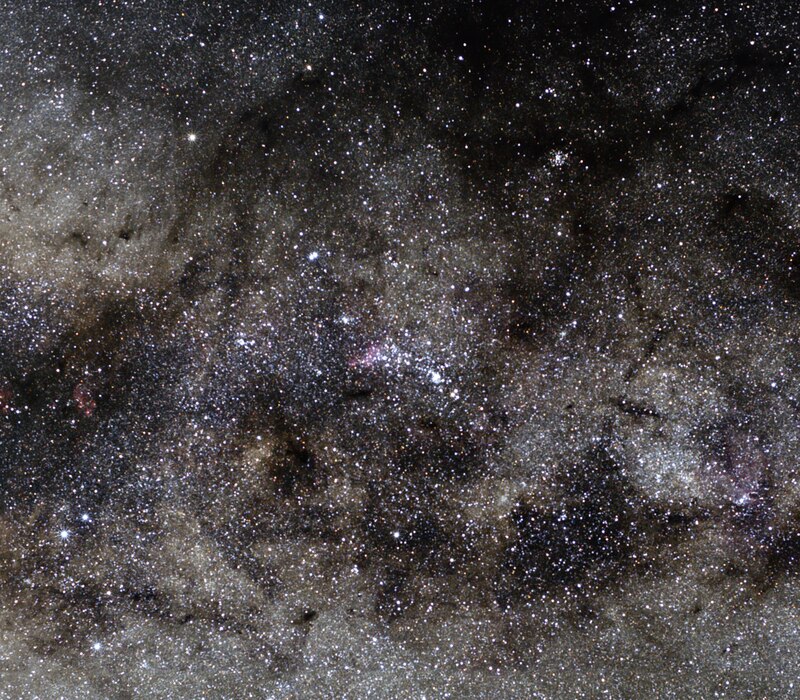Exploring NGC 6231: The Sixth-Brightest Open Cluster in Scorpius

In the realm of amateur astronomy, few sights are as captivating as the open star cluster NGC 6231, located in the constellation Scorpius. This celestial formation, often referred to by enthusiasts as the 'Northern Jewel Box,' stands out as the sixth-brightest open star cluster in the night sky. Observers are encouraged to utilize binoculars or small telescopes to fully appreciate the beauty of this cluster, which is best viewed under clear, dark skies.
Published on July 21, 2025, by David J. Eicher, editor of Astronomy magazine, this week's episode of 'This Week in Astronomy' encourages both novice and seasoned astronomers alike to seek out NGC 6231. Despite its visibility to the naked eye under ideal conditions, the cluster's intricate design is best appreciated through optical instruments, which reveal the array of stars densely packed within this stellar grouping.
### Context and Significance
Situated in the southern part of the constellation Scorpius, NGC 6231 is part of a larger complex that amateur astronomers have whimsically dubbed the 'False Comet.' With its significant brightness and proximity, the cluster serves not only as a visual delight but also as an important object of study for understanding stellar formation and evolution in the Milky Way.
According to Dr. Maria Thompson, an astrophysicist at the Massachusetts Institute of Technology, 'Open clusters like NGC 6231 offer invaluable insights into the dynamics of star formation. They are like laboratories where we can study stellar evolution in real-time.' This aligns with findings published in the Journal of Astronomy and Astrophysics in 2023, which highlight the importance of open clusters in galactic structure studies.
### Current Observations and Recommendations
Amateur astronomers are advised to observe NGC 6231 during the early evening hours when it is high in the sky for optimal viewing conditions. The cluster can be located near the bright star Antares, a prominent feature of Scorpius. Binoculars or small telescopes enhance the viewing experience, revealing the cluster's rich array of stars and its characteristic blue hue, which is indicative of the young, hot stars that dominate its structure.
Dr. Alan Carter, a leading researcher at the Harvard-Smithsonian Center for Astrophysics, notes, 'The age of NGC 6231 is estimated to be around 5 to 10 million years, which is relatively young in astronomical terms. By studying such clusters, we can better understand the lifecycle of stars and the processes that govern their formation.'
### Broader Implications
The observation of NGC 6231 also has implications for amateur astronomy communities, fostering interest in the science of the cosmos. The accessibility of such celestial objects encourages public engagement with astronomy, which is crucial in an age where scientific literacy is paramount. As noted by the National Science Foundation's 2022 report on public engagement in science, initiatives that promote stargazing and observational astronomy can lead to increased interest in STEM fields, particularly among younger generations.
In conclusion, NGC 6231 serves as both a stunning visual spectacle and a vital subject of astronomical research. Its significance extends beyond mere observation; it represents an opportunity for education, engagement, and the broader understanding of our universe. As amateur astronomers venture out with their binoculars and telescopes, they not only witness the beauty of the stars but also contribute to a long-standing tradition of astronomical exploration.
Advertisement
Tags
Advertisement





